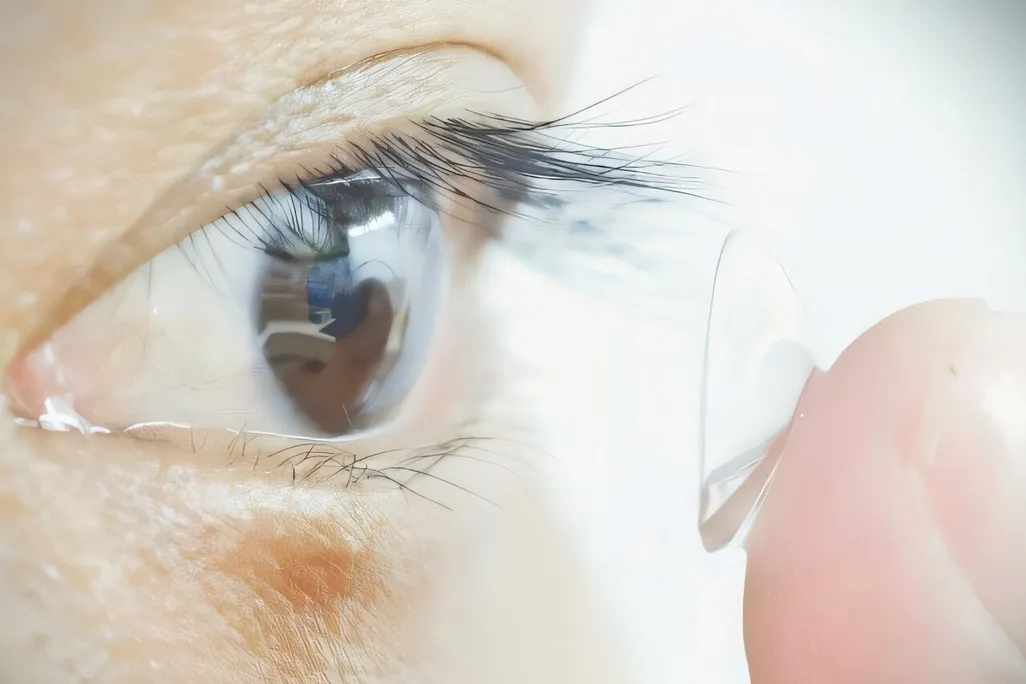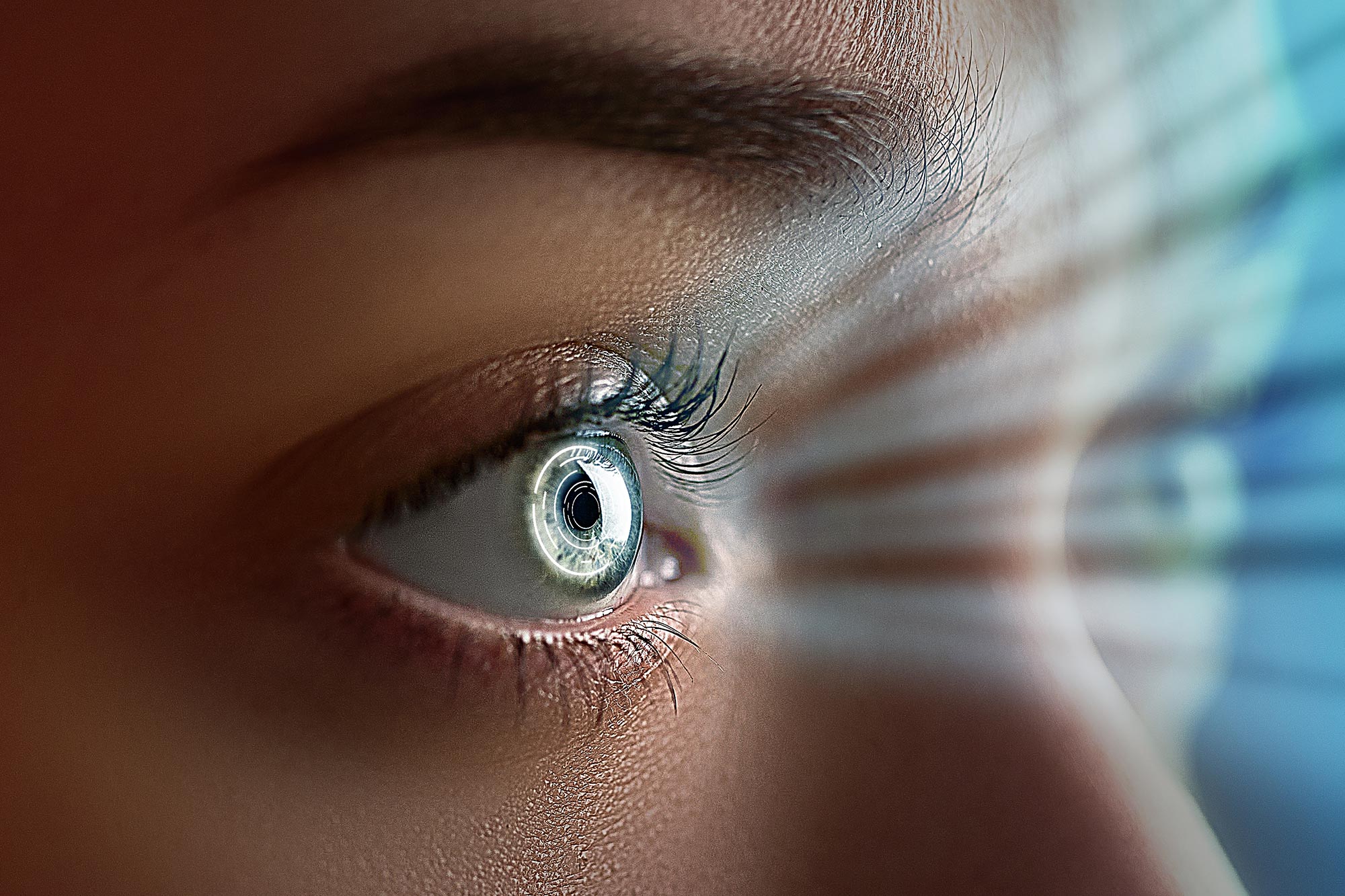Chinese scientists have unveiled groundbreaking contact lenses that grant wearers “super vision,” allowing them to see infrared light and even perceive images with their eyes closed. This revolutionary technology was developed by researchers at the University of Science and Technology of China in collaboration with the University of Massachusetts Chan Medical School, and the findings were published in the journal Cell in May 2025.
How the Super Contact Lenses Work
The key to these innovative lenses lies in their incorporation of specialized nanoparticles embedded within the soft contact lens material. These nanoparticles absorb near-infrared (NIR) light—wavelengths ranging from 800 to 1600 nanometers, which are invisible to the human eye—and convert it into visible light in red, green, and blue colors. This conversion enables the wearer to see infrared images superimposed on their normal vision without any external power source or bulky equipment like traditional night-vision goggles.

Unlike conventional night-vision devices that produce monochromatic green or black-and-white images and require batteries, these contact lenses are transparent and lightweight. They allow users to see both visible and infrared light simultaneously, effectively adding a new dimension to human sight.
Seeing with Eyes Closed
Remarkably, the lenses enable users to see infrared images even with their eyes closed. This is possible because near-infrared light can penetrate the eyelids more effectively than visible light, reducing interference and making the infrared signals clearer when the eyes are shut. During tests, participants were able to recognize flickering infrared patterns and shapes, akin to Morse code, through their closed eyelids.
Potential Applications
The implications of this technology are vast and varied. For everyday users, these lenses could enhance vision in low-light or foggy conditions, improving safety and navigation. First responders and rescue workers could benefit from enhanced visibility in smoke-filled or dark environments without cumbersome equipment. Additionally, surgeons might use these lenses to see infrared signals from special dyes highlighting tumors directly in their field of vision, streamlining procedures.
Moreover, the technology could assist people with color blindness by converting certain visible light wavelengths into distinguishable colors, potentially restoring or enhancing color perception. The lenses also offer possibilities in security and encryption by enabling the transmission and reception of information via flickering infrared light.
Current Status and Future Prospects
So far, these super contact lenses have been tested on a small group of individuals with normal vision, demonstrating safety and effectiveness. Researchers emphasize the need for further studies to assess long-term safety and to explore applications for people with vision impairments or eye diseases.

Senior author Tian Xue, a neuroscientist at the University of Science and Technology of China, highlighted the potential of these non-invasive wearable devices to revolutionize human vision and expand the visible spectrum for everyday use.
Conclusion
The development of infrared contact lenses that allow people to see in the dark and even with their eyes closed represents a significant leap forward in vision technology. By harnessing nanotechnology to convert invisible infrared light into visible images, these lenses offer a glimpse into a future where human sight is augmented beyond natural limits, with wide-ranging applications in medicine, security, rescue operations, and beyond

